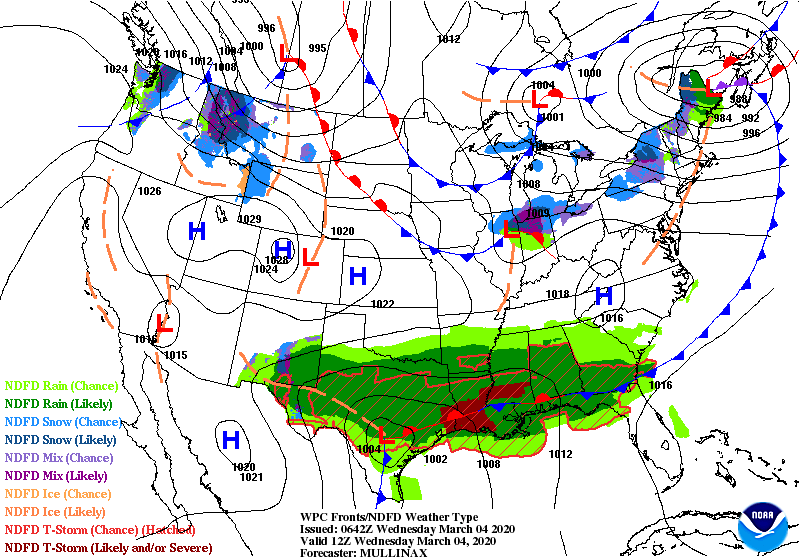

The January–June precipitation ranked 14th wettest in the 99-year record for Alaska, with above-average precipitation observed across much of the state. Maryland had its fourth-driest January–June on record. Conversely, precipitation was below average across parts of the Northwest, northern and central Plains, Southwest, central Mississippi Valley, Mid-Atlantic and along parts of the Gulf during the January–June period. Precipitation was above average from California to the western Great Plains and in parts of the southern Mississippi Valley, northern Great Lakes, Southeast and Northeast. was 15.70 inches, 0.39 inch above average, ranking in the middle third of the 129-year record. The January–June precipitation total for the contiguous U.S. Conditions were wetter than average across most of the state while parts of the Northeast, Southwest and Panhandle were near normal and parts of the Southeast Interior and Aleutians observed below-normal precipitation during the month. Conversely, West Virginia and Virginia had their ninth- and 10th-coldest June on record, respectively.Īcross the state of Alaska, the average monthly precipitation was 2.85 inches, making last month the 19th-wettest June in the 99-year record. North Dakota ranked third warmest on record for June while two additional states ranked among their top-10 warmest on record. Temperatures were above average from the Northwest to the northern Plains, as well as in the southern Plains and Florida Peninsula. Generally, June temperatures were below average from California to the central Plains and across much of the Mid-Atlantic and Southeast. in June was 69.0☏, 0.5☏ above average, ranking in the middle third of the 129-year record. The average temperature of the contiguous U.S. ranked in the middle third of the historical record. In June, the average temperature and precipitation for the contiguous U.S.had a warm start to 2023 with 29 states experiencing a top-10 warmest January–June including Florida which ranked warmest on record. Missouri, Illinois, Wisconsin and Michigan each ranked in the top-10 driest June on record.

Portions of the Midwest experienced dry soils, low streamflow and distressed crops in June.Thick smoke from Canadian wildfires created air quality issues for millions in portions of the Northeast and Great Lakes this June.These disasters consisted of 10 severe storm events, one winter storm and one flooding event. A total of 12 billion-dollar weather and climate disasters have been confirmed this year.Heat waves impacted the southern Plains, Northeast and Puerto Rico this month, breaking temperature records and creating life-threatening conditions.For example, in summer, a “cold front” might actually have a 90☏ (32☌) air mass behind it if the warmer air mass ahead is 95☏ (35☌). The terms "cold" and "warm", however, are relative. Phrases like "ahead of the front" and "behind of the front" refer to a front’s motion – being "behind the cold front" means being inside the cold air mass, and being "ahead of the cold front" means being in the warm air mass the cold air mass is displacing as it moves. Boundaries between these air masses are depicted with lines called "fronts".įronts are usually detectable at the surface in a number of ways: winds often "converge" or come together at the fronts, temperature differences can be quite noticeable from one side of a front to the other side, and the pressure on either side of a front can vary significantly. In the section about the Origin of Wind, we have seen the source of the "highs" and "lows". However, there are some common features typically found in all of these images. Weather maps come in a myriad of styles, each providing different levels of information. Preparedness and Mitigation: Individuals (You!).Preparedness and Mitigation: Communities.The Positive and Negative Side of Lightning.


 0 kommentar(er)
0 kommentar(er)
